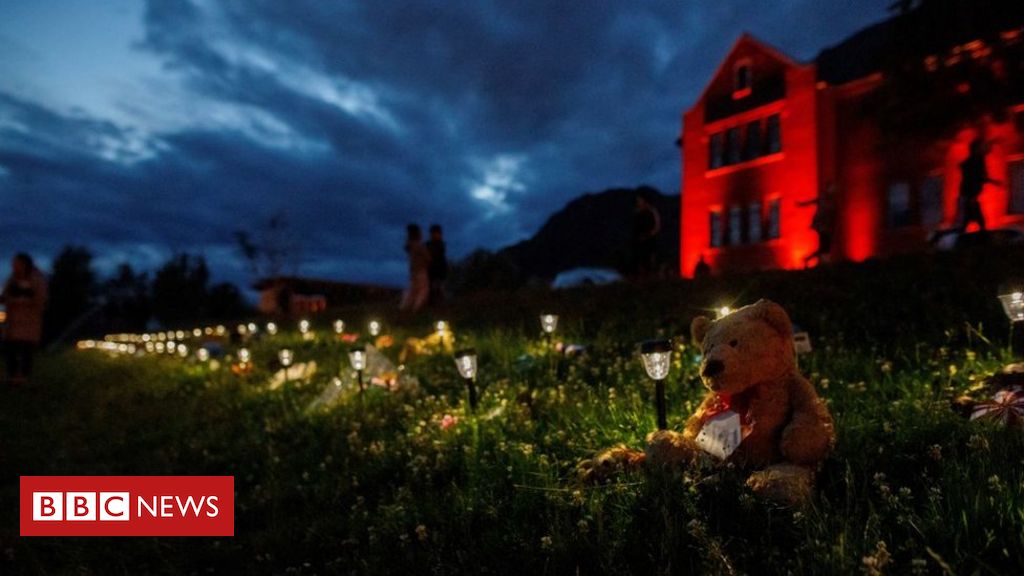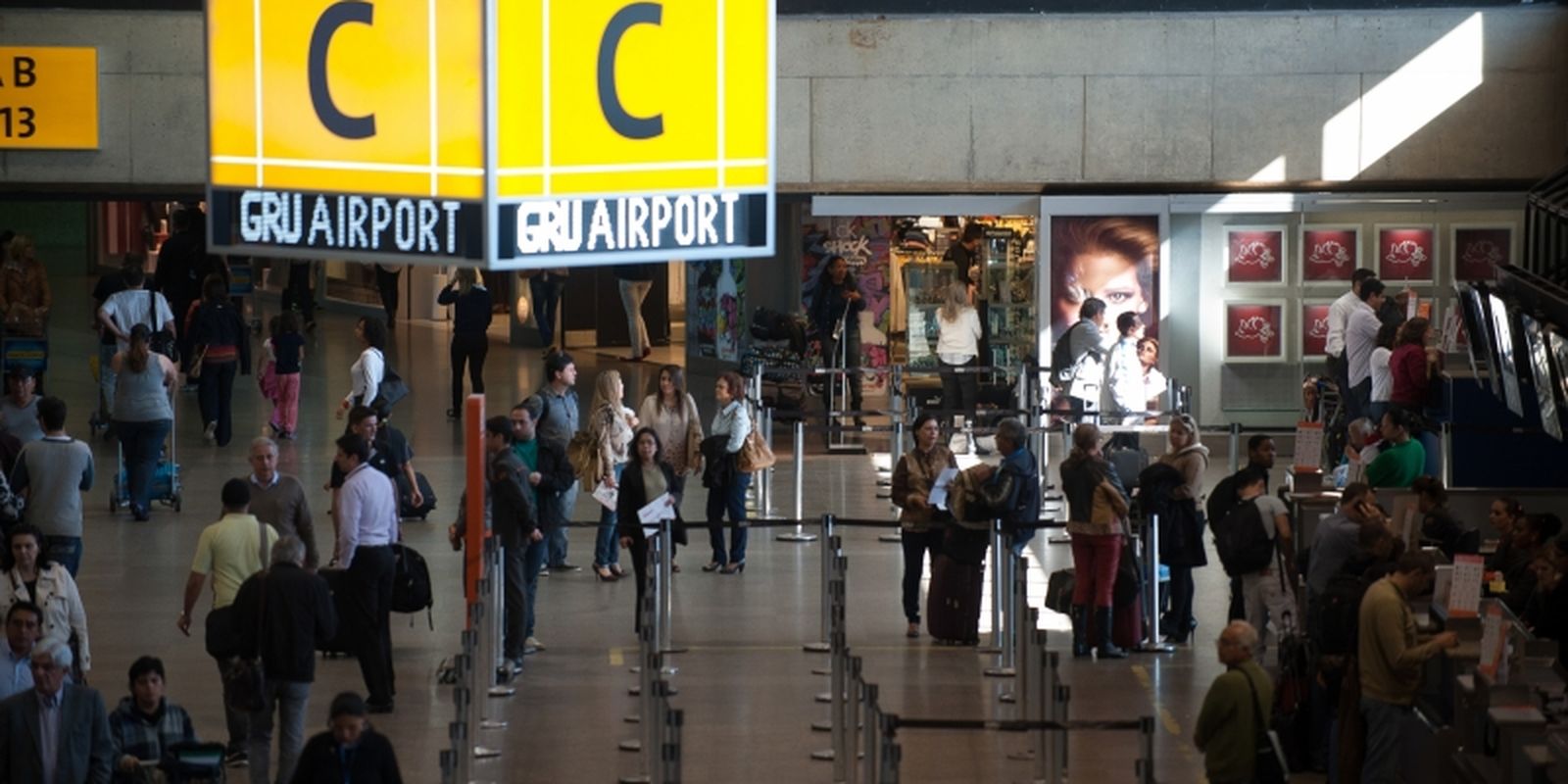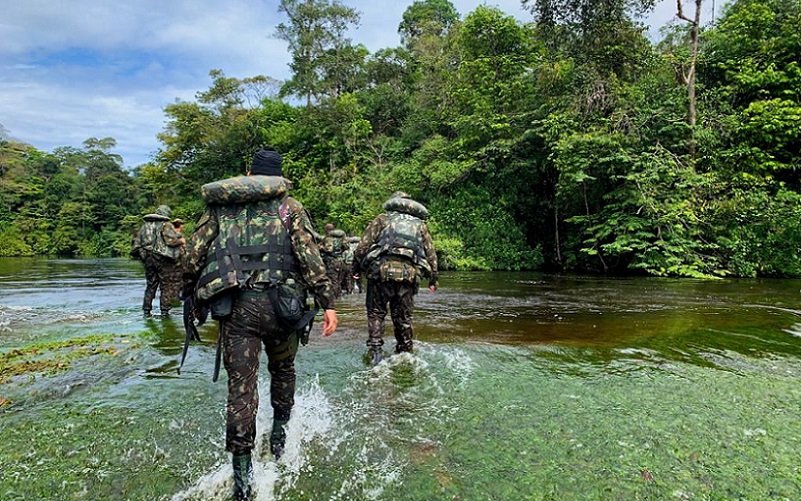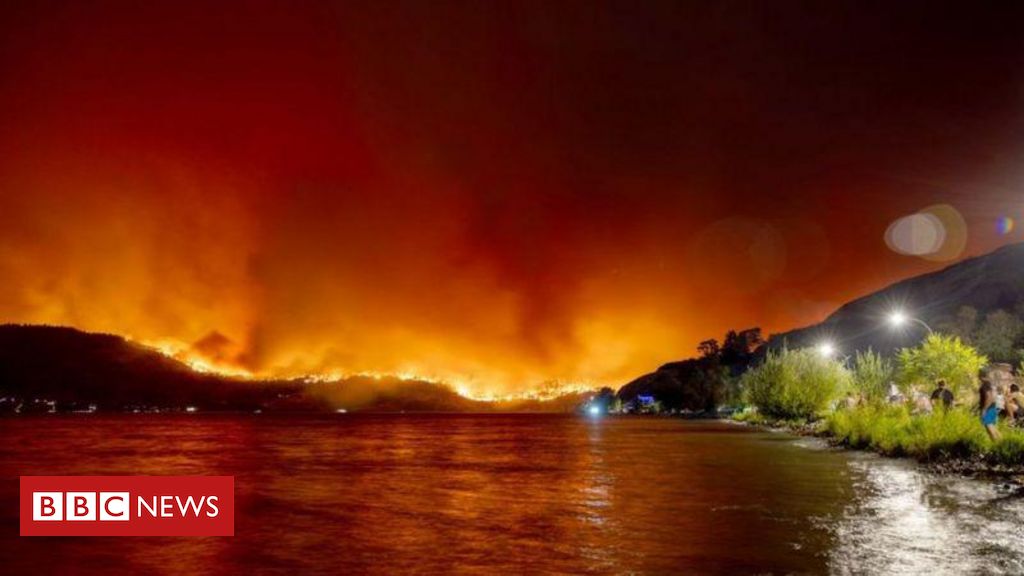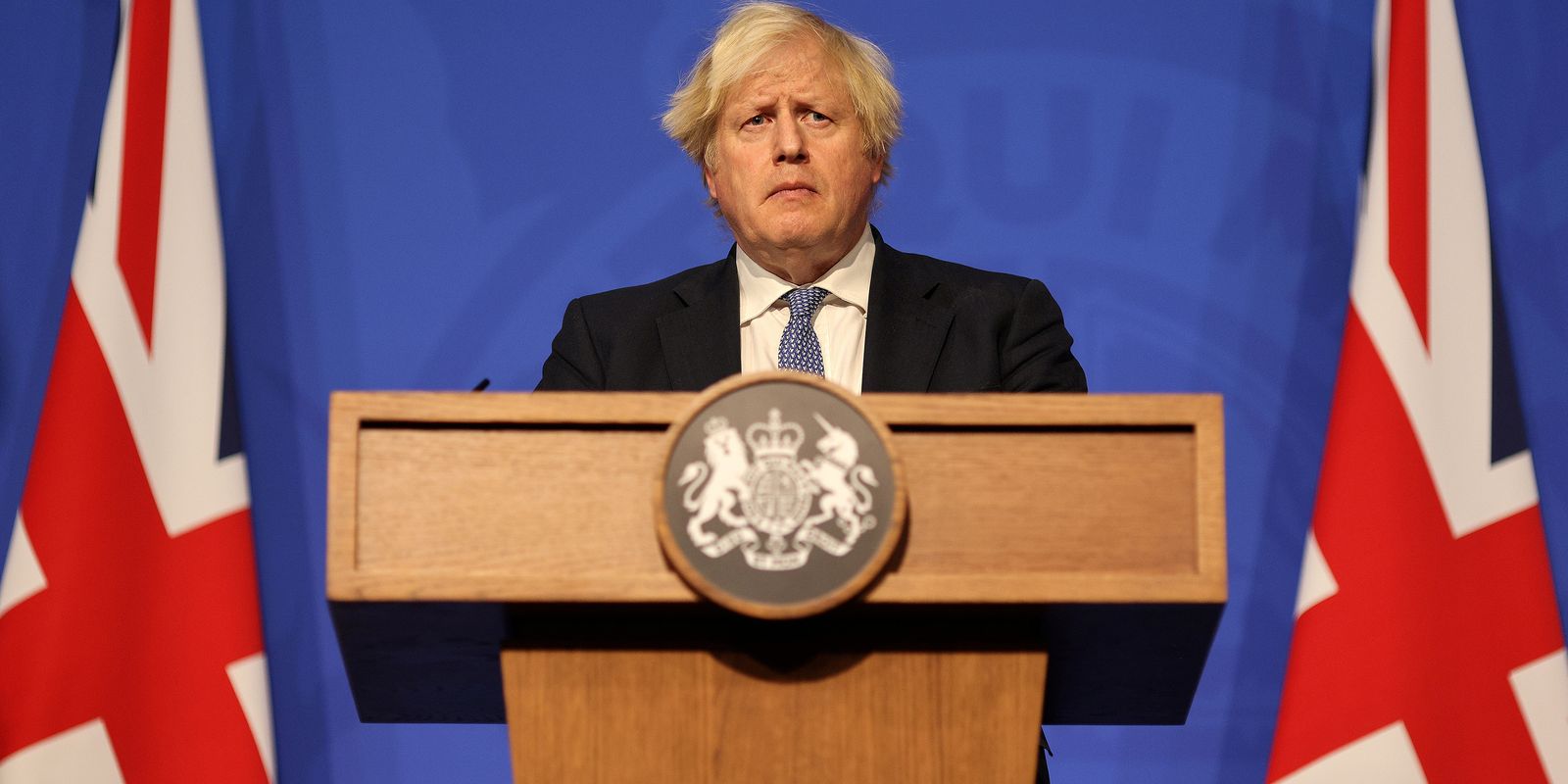An indigenous people of Canada claims to have found 751 previously unknown graves in an ancient school in Saskatchewan, one of the country’s provinces.
The Cowessess First Nation (indigenous entity of the region) declared that this discovery is “the most important to date in Canada”.
The information comes weeks after the discovery of the remains of 215 children. The bones were found at a similar school, but in the province of British Columbia.
“We are not asking for pity, but for understanding,” said Cowessess principal Cadmus Delorme.
The Marieval Indian Residential School operated from 1899 to 1997 in the area where the Cowessess Indians are located today in southeastern Saskatchewan.
The school was one of more than 130 compulsory boarding schools operated by Canadian government and religious authorities during the 19th and 20th centuries. They were part of the policy of integrating Indigenous children into Canadian society, a movement that also destroyed Indigenous cultures and languages.
An estimated 6,000 children have died while attending these schools, largely due to the poor sanitary conditions there. Students were often housed in poorly constructed, poorly heated and unsanitary premises.
Physical and sexual abuse by school authorities has led many people to flee schools.
“They made us believe that we had no soul,” Florence Sparvier, a former boarding school student, said at a press conference on Thursday. “They put us down as people, so we learned not to like who we were.”
Last month, the community of Cowessess began using ground penetrating radar to locate unmarked graves at the Marieval Indian Residential School cemetery in Saskatchewan.
Residents of Cowessess described the discovery as “horrific and shocking”.
Perry Bellegarde, national leader of an assembly of Canada’s indigenous peoples, called the discovery of the graves “tragic but not surprising.” “I urge all Canadians to support Indigenous people during this extremely difficult time,” he wrote on Twitter.
Between 1863 and 1998, more than 150,000 Indigenous children were taken from their families and placed in these schools.
Children were often not allowed to speak their native language or practice their culture, and many were abused and abused.
A commission launched in 2008 to document the impacts of this system found that large numbers of indigenous children never returned to their communities of origin.
In 2008, the Canadian government officially apologized for the system.
Have you watched our new videos on Youtube? Subscribe to our channel!
This item includes content taken from Google YouTube. We ask for your permission before uploading anything, as they may use cookies and other technologies. You can consult the cookie use policy It is confidentiality conditions from Google YouTube before accepting. To access the content, click “accept and continue”.
Warning: third-party content may contain advertising
End of YouTube post, 1
This item includes content taken from Google YouTube. We ask for your permission before uploading anything, as they may use cookies and other technologies. You can consult the cookie use policy It is confidentiality conditions from Google YouTube before accepting. To access the content, click “accept and continue”.
Warning: third-party content may contain advertising
End of YouTube post, 2
This item includes content taken from Google YouTube. We ask for your permission before uploading anything, as they may use cookies and other technologies. You can consult the cookie use policy It is confidentiality conditions from Google YouTube before accepting. To access the content, click “accept and continue”.
Warning: third-party content may contain advertising
End of YouTube post, 3
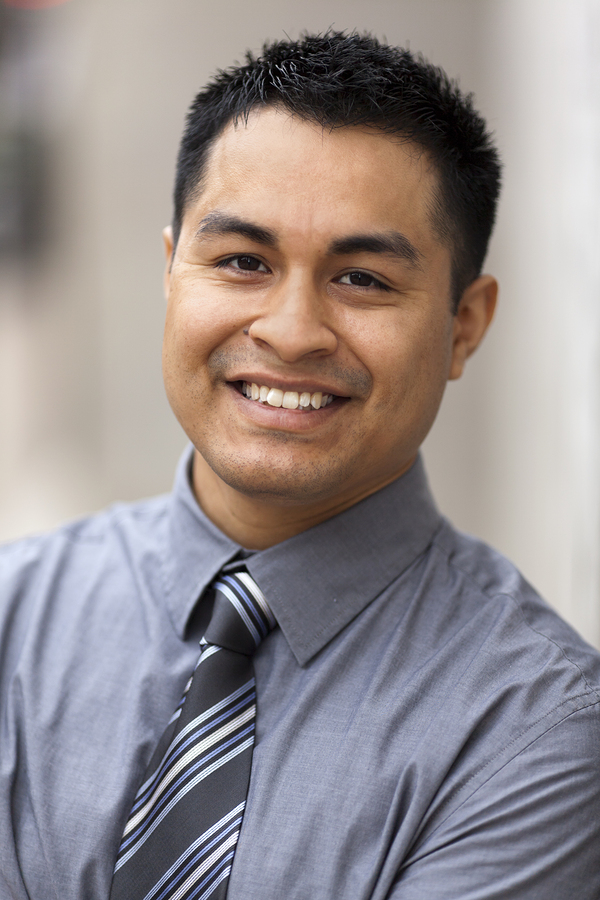
“Freelance communicator. Hardcore web practitioner. Entrepreneur. Total student. Beer ninja.”

